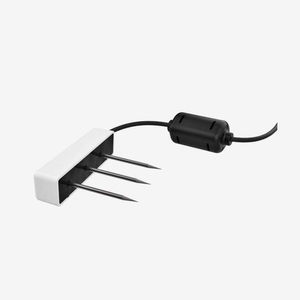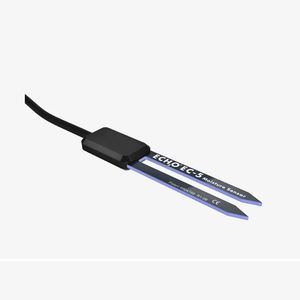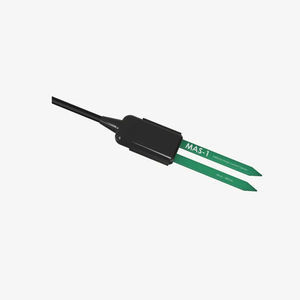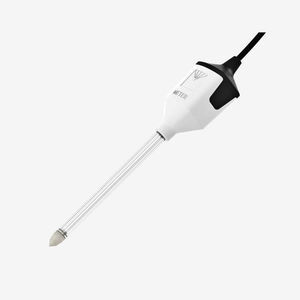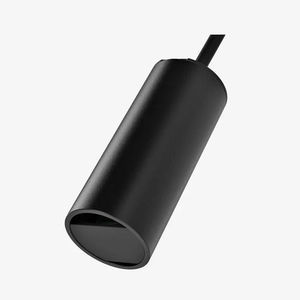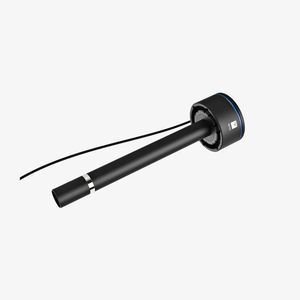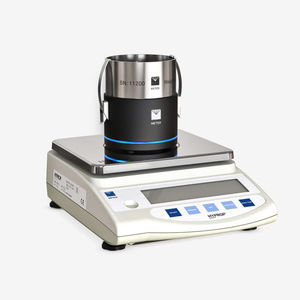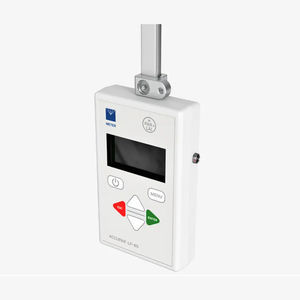
Water analyzer VSAparticleprocessmoisture
Add to favorites
Compare this product
Characteristics
- Measured entity
- water, particle
- Application domain
- process
- Measured value
- moisture, sorption
- Configuration
- portable
- Mode of use
- automated
- Other characteristics
- dynamic
Description
Pioneering new theories and cutting-edge research require an advanced understanding of soil. Yes, you could assemble a series of complex devices on your own to help understand soil behavior. But even with a dedicated graduate student at your disposal, the process will still prove difficult. What you need is an automated instrument that provides sophisticated information.
If you want to understand complex soil issues like clay behavior, specific surface area, shrink-swell capacity, or cation exchange capacity, the VAPOR SORPTION ANALYZER (VS) is your simplest, most accurate option. It automates the entire process of soil water characteristic curve construction in the dry region (-10 to -475 MPa) by accurately measuring simultaneously, at regular intervals, the water potential and the moisture content of a sample. No other instrument gives this much detail about soil in the dry range.
The VSA enables you to make detailed measurements no other instrument can. This means you can study the soil at a particle level, examining its chemical makeup and how the layers of soil imbibe water as it gets wetter or lose water as it gets drier. For the first time ever, it's possible to see hysteresis in dry soils because the VSA analyzes both wetting and drying curves. This is critical information because the area between those curves is indicative of water intrusion into clay layers at the molecular level.
The VSA generates both Dynamic Dew Point Isotherm (DDI) and Dynamic Vapor Sorption (DVS) soil water characteristic curves.
Catalogs
No catalogs are available for this product.
See all of Meter Group‘s catalogsRelated Searches
- Gas analyser
- Concentration analyser
- Monitoring analyser
- Liquids analyser
- Desktop analyzer
- Automated analyzer
- Dust analyzer
- Process analyser
- Portable analyser
- Continuous analyser
- Water analyser
- Compact analyser
- Calibration analyser
- Temperature analyser
- Sampling analyser
- Analyser for the food industry
- Signal analyser
- Moisture analyser
- Simultaneous analyser
- Electrochemical analyser
*Prices are pre-tax. They exclude delivery charges and customs duties and do not include additional charges for installation or activation options. Prices are indicative only and may vary by country, with changes to the cost of raw materials and exchange rates.












